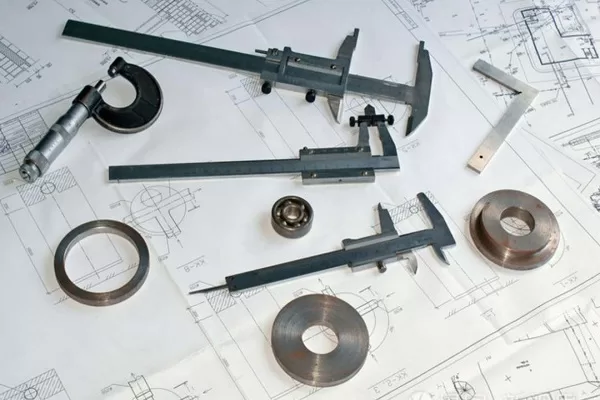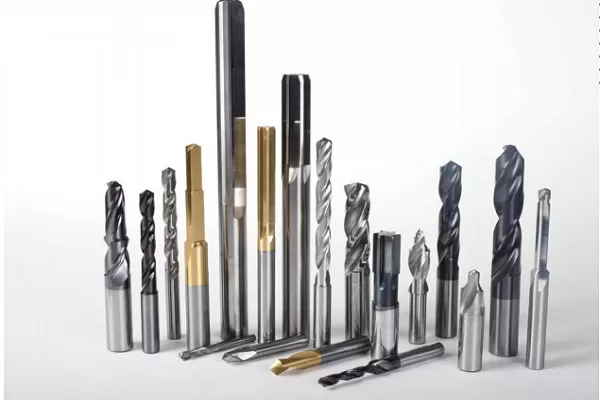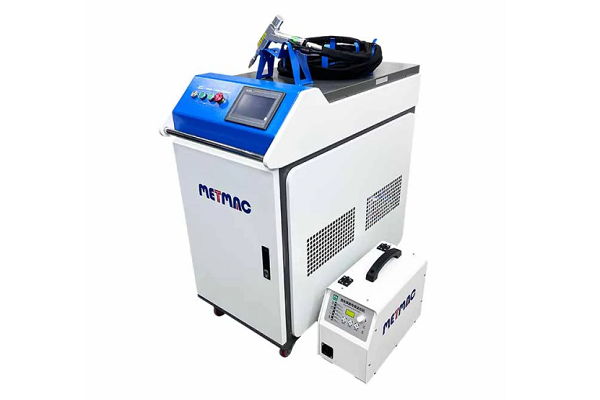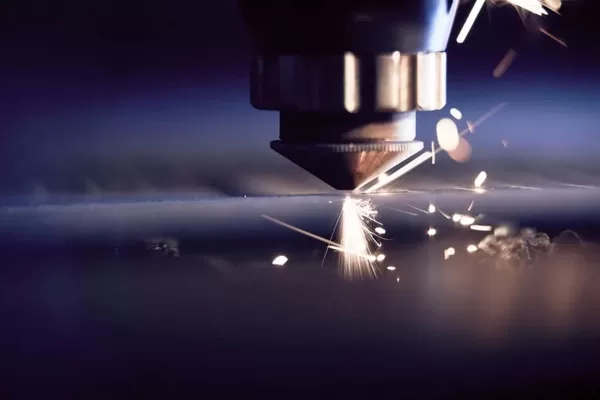
Metal Plate Bending Machines for Different Thicknesses and Materials
- By:Metmac
- 2024-08-06
- 73
In the realm of metal fabrication, metal plate bending machines serve as indispensable tools for transforming flat sheets into intricate shapes. These machines cater to a wide range of thicknesses and materials, offering versatility and precision to meet diverse project requirements. This article delves into the intricacies of metal plate bending machines, exploring their capabilities, applications, and essential considerations for selecting the right machine for your specific needs.
Types of Metal Plate Bending Machines
The industry offers various types of metal plate bending machines, each designed for specific applications and materials. Three common types include:
– Press Brakes: These machines utilize a hydraulic or mechanical ram to apply force to a metal plate, bending it against a die. Press brakes offer high precision and can handle thicker materials.
– Roll Bending Machines: As the name suggests, these machines employ a series of rollers to gradually bend a metal plate into a cylindrical or conical shape. Roll bending machines are ideal for long, thin sheets and provide a gentle, continuous bend.
– Angle Benders: Designed specifically for bending angles, these machines feature a fixed angle and a clamp that holds the material in place. Angle benders offer high-volume production and are commonly used in HVAC and metal framing applications.
Material Considerations
The choice of metal plate bending machine hinges on the material to be bent. Different materials exhibit varying properties that necessitate specific machine capabilities:
– Mild Steel: Widely used in construction and automotive industries, mild steel is relatively easy to bend and can withstand high bending forces. Press brakes or roll bending machines are suitable for mild steel bending.
– Stainless Steel: Known for its corrosion resistance, stainless steel is harder and requires more force to bend. Press brakes equipped with special tooling are commonly used for stainless steel bending.
– Aluminum: Lightweight and corrosion-resistant, aluminum bends easily. Roll bending machines are ideal for aluminum bending, as they minimize surface damage.
– Copper and Brass: These soft, ductile metals require gentler bending operations. Roll bending machines or angle benders with wide rollers are preferred for copper and brass bending.
Thickness Considerations
Metal plate bending machines are designed to handle specific ranges of material thicknesses:
– Thin Sheets (up to 0.25 inches): Roll bending machines are ideal for bending thin sheets, as they provide a uniform bend without causing wrinkles or creases.
– Medium Thickness Sheets (0.25-1 inch): Press brakes with appropriate tonnage and die selection can effectively bend medium thickness sheets, ensuring precision and accuracy.
– Thick Plates (over 1 inch): Heavy-duty press brakes with high tonnage capacity are necessary for bending thick plates. These machines exert immense force to achieve the desired bend.
Essential Considerations for Machine Selection
Selecting the appropriate metal plate bending machine involves considering the following factors:
– Capacity: The bending force and maximum bending thickness of the machine should align with project requirements.
– Accuracy: The machine should provide the desired level of precision and repeatability for the intended applications.
– Speed and Efficiency: For high-volume production, machines with rapid cycle times and automated features are recommended.
– Safety Features: Adequate safety measures, such as guarding, light curtains, and emergency stop buttons, are crucial for operator protection.
– Maintenance and Service: Easy access for maintenance and timely servicing are essential for ensuring machine reliability and longevity.
Conclusion
Metal plate bending machines empower fabricators with the ability to transform flat sheets into complex shapes, enabling the creation of a vast array of products. Understanding the different types of machines, material considerations, thickness capabilities, and essential factors for selection empowers you to make informed decisions for your specific metal bending needs. By carefully considering these aspects, you can invest in a machine that seamlessly complements your operations and delivers exceptional results.
-
The Advantages of Using a Sheet Roll Forming Machine in Manufacturing
2024/09/14 -
How to Optimize Your Laser Sheet Cutting Machine for Maximum Performance
2024/09/12 -
How to Maximize Efficiency with Modern Sheet Metal Working Machines
2024/09/04 -
The Environmental Benefits of Using Duct Board Grooving Machines
2024/09/03
-
A Guide to the Latest Innovations in Sheet Metal Folding Machines
2024/11/29 -
Key Features to Consider When Investing in a Sheet Metal Folding Machine
2024/11/28 -
Enhancing Precision with Advanced Sheet Metal Folding Machines
2024/11/27 -
How to Choose the Right Sheet Metal Folding Machine for Your Workshop
2024/11/26



